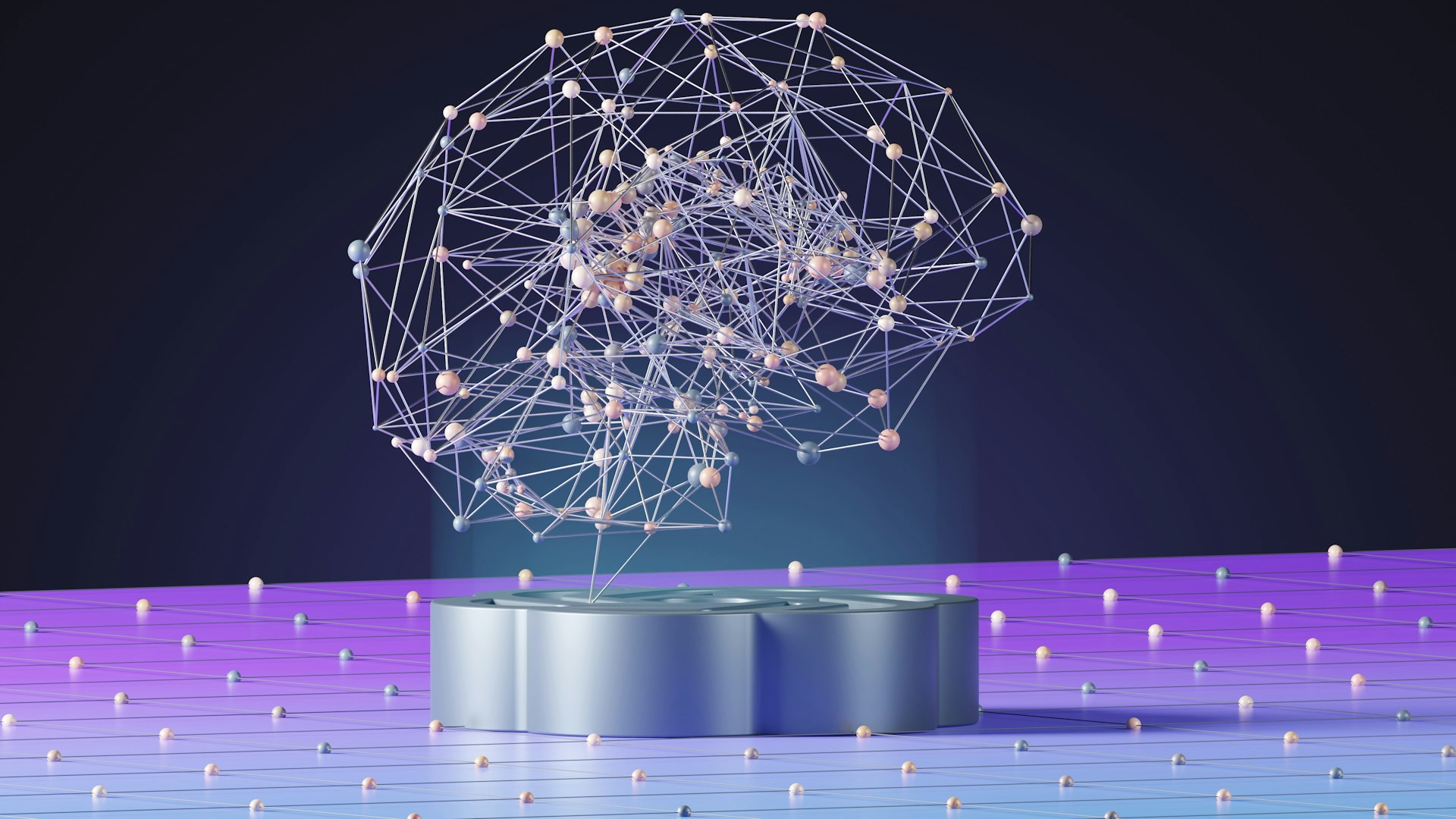
Over the past decade, artificial intelligence (AI) has advanced quickly from a theoretical idea to a useful tool that is revolutionizing industries all over the world. AI’s future is still developing, though, and its full potential has not yet been reached. Given that AI automation is expected to boost the global economy by $4.4 trillion a year, it is obvious that productivity driven by AI will bring about significant change. Opportunities abound, but there are also obstacles to overcome, like ethical issues and AI governance regulations. These seven AI trends will influence the field in 2025 and 2026.
1. AI Changes The Way We Work
AI in the workplace is no longer a futuristic idea—it’s happening now. AI automation is already capable of handling between 60% to 70% of routine work activities, reshaping job roles and business operations. In the Americas, 50% of workplace leaders have embraced AI and machine learning, while in Europe, that number stands at 52%.
AI-driven decision-making is increasing productivity and streamlining processes. Over 1 billion meetings have been transcribed by AI note-taking apps like Otter AI, which have become extremely popular. Teams now work together differently thanks to its OtterPilot service, which offers AI-generated summaries and follow-up tasks. With more than 100 UBI pilot programs operating in the United States, debates regarding Universal Basic Income (UBI) are gaining traction as AI automation continues to advance. One of the leading proponents of this strategy is the godfather of artificial intelligence, Geoffrey Hinton.
2. AI Gets Smarter
Models will become more dependable and intelligent in 2025 due to AI trends. With Microsoft spending $13 billion on its development, OpenAI’s ChatGPT is the talk of the town when it comes to AI. It is anticipated that the forthcoming GPT-5 will drastically cut down on factual errors, establishing a new standard for AI-powered customer service.
But the competition is getting more fierce. Claude AI, supported by Google and Amazon, and Google’s Gemini, which already receives 300 million visits each month, are expanding the possibilities of AI-driven economic growth. AI will become even more crucial in daily life and business as a result of these developments.
3. AI Evolves As A Software Development Tool
The use of AI in software development is changing the coding environment. Nearly 50% of the code on GitHub’s platform is currently generated by AI-powered coding tools like Copilot; by 2027, that percentage is predicted to rise to 80%. Since more recent iterations of ChatGPT can now generate and review code, OpenAI’s Codex was retired.
Amazon’s Q Developer and Google’s Gemini Code Assist are also causing a stir by simplifying coding processes. In software development, AI automation speeds up debugging, improves security, and cuts down on time spent on tedious tasks. The industry is being further revolutionized by the growing popularity of AI-powered test generation tools like Tabnine.
4. AI Changes The Finance Landscape
AI is enabling new efficiencies in the financial sector. According to McKinsey, productivity driven by AI could boost the banking industry’s worth by $340 billion annually. According to Citi research, the financial sector’s profits will rise by 9% over the next four years due to AI automation, approaching the $2 trillion mark.
With 24% of CFOs already using AI in fraud prevention and 36% planning to do so, AI-driven fraud detection is quickly becoming a top priority. Zest AI and other AI-powered decision-making tools are enhancing lending procedures, lowering bias, and helping financial institutions make more intelligent credit decisions. Applications of AI in the banking industry, such as predictive analytics and AI-powered customer experience, are poised to revolutionize financial services.
5. Healthcare Further Embraces AI
Medical procedures are being revolutionized by AI in healthcare. Workflows in radiology, pathology, diagnostics, and patient monitoring are becoming more efficient thanks to AI. The FDA has approved over 650 AI-powered medical devices, and AI-driven drug discovery is speeding up research. According to McKinsey, by 2030, AI-driven healthcare cost savings could total $360 billion annually.
Precision medicine, an AI-powered strategy that customizes care according to each patient’s unique genetic profile, is becoming more and more popular. Businesses like Avenda Health are using AI to create cutting-edge therapies for prostate cancer, which will lead to more targeted and efficient interventions. Pharmaceutical research is also being revolutionized by AI-powered drug discovery tools, such as Google’s AlphaFold3, which predict molecular interactions with previously unheard-of accuracy.
6. AI Confronts Environmental Questions Head-On
Discussions are centered on AI sustainability solutions. Although the economy is expected to grow as a result of AI, environmental concerns are being raised by the demands of AI computing. In just five years, Google’s emissions have risen by almost 50%, mostly as a result of energy use associated with AI. The need for sustainable AI solutions is highlighted by the fact that Google Search’s AI overviews use ten times as much power as conventional searches.
But AI is also helping to preserve the environment. AI-driven decision-making minimizes waste, maximizes energy use, and forecasts climate trends. AI in renewable energy is improving the design and upkeep of wind farms, resulting in a 10% increase in efficiency. With 97% carbon-free energy, Google’s Hamina data center serves as an example of how AI sustainability solutions can be incorporated into business processes.
7. Governments Get To Grips With AI Regulation
As AI adoption picks up speed, AI governance policies and regulations are becoming increasingly important. Only 30% of Americans trust AI technology, according to the 2024 Edelman Trust Barometer, and their confidence in AI companies has decreased from 50% in 2019 to 35% currently.
The Artificial Intelligence Act of the EU intends to create an AI Office to oversee compliance and regulate “high-risk” AI systems. The results of AI safety tests are being required by the US government for the most potent AI systems. In order to prevent bias and discrimination, Colorado has passed the Colorado AI Act, which will regulate AI in decision-making processes starting in 2026.
While some tech giants advocate for self-regulation, critics argue that government oversight is necessary to prevent AI ethics and bias issues. The balance between AI-powered decision-making and regulatory intervention will shape AI trends in 2025 and beyond.
Conclusion
The future of AI is an exciting and rapidly evolving landscape. AI in the workplace, AI in software development, AI in finance, AI in healthcare, and AI in renewable energy are all driving innovation. However, ethical concerns, AI regulations, and sustainability challenges must be addressed.
As AI automation continues to shape industries, those who embrace AI-powered productivity will be at the forefront of change. Whether it’s AI-powered customer experience tools, AI-driven fraud detection, or AI sustainability solutions, the opportunities are limitless. The future of AI is not just about automation—it’s about transformation.

